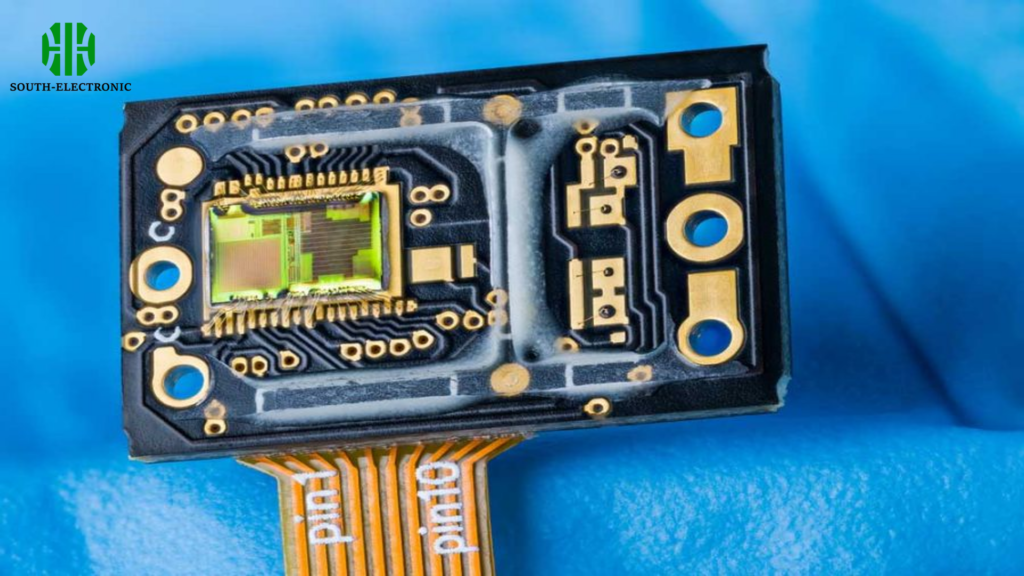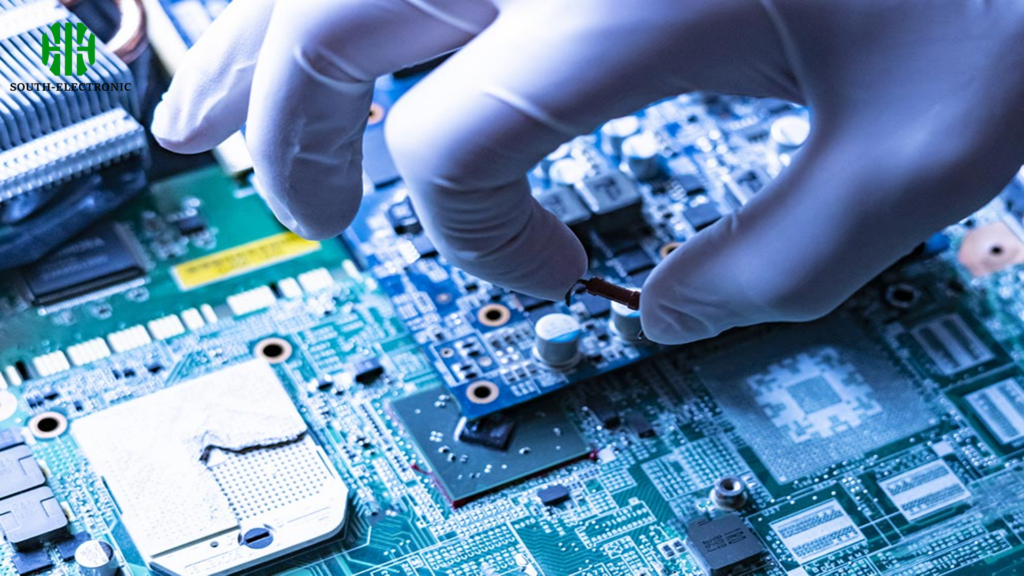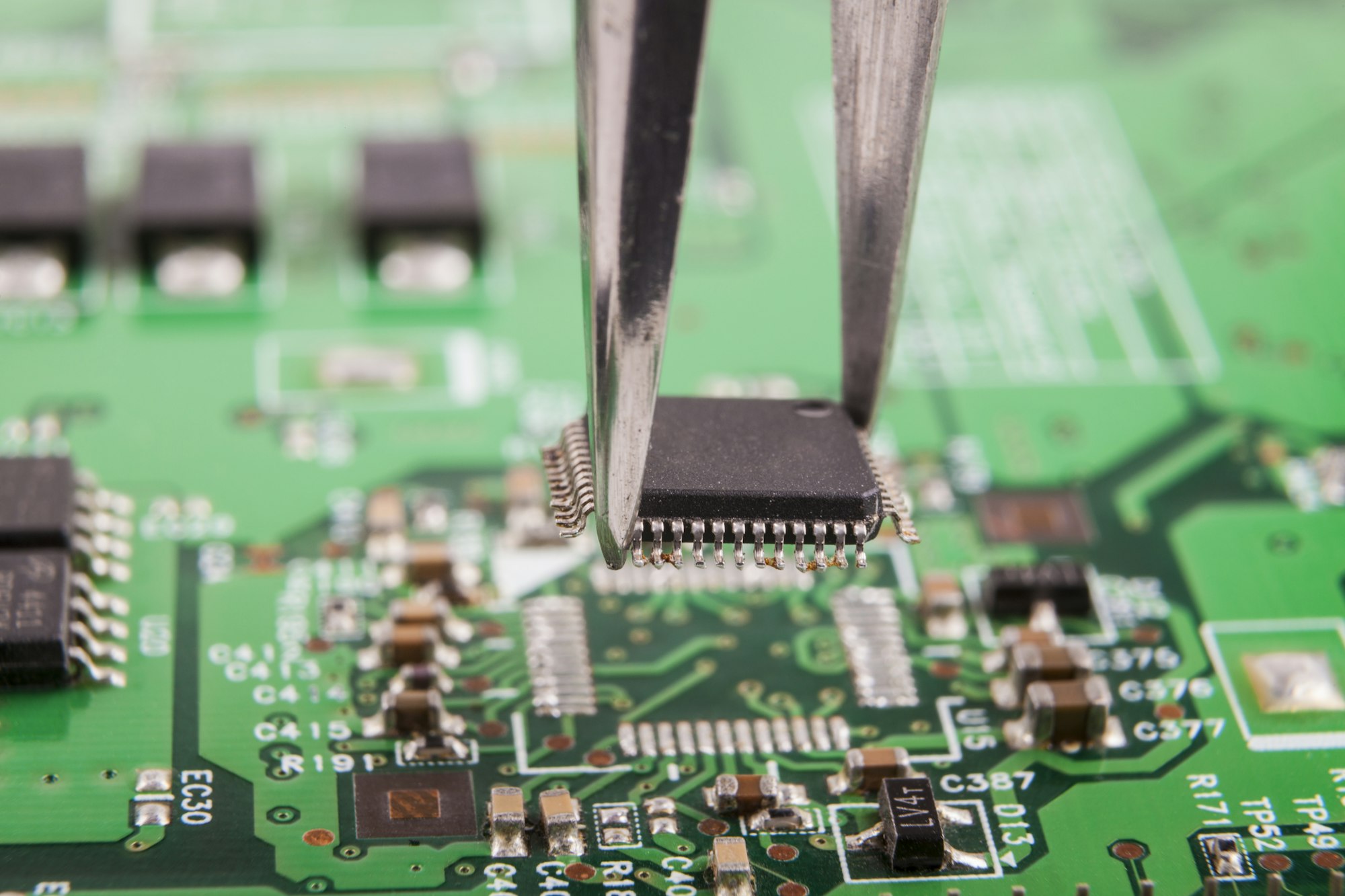What is a Micro PCB Board?
Micro-circuit boards are used to make electronic circuits smaller and more integrated. This allows for the creation of smaller, more efficient, and more reliable electronic devices. They are used in a wide range of applications, including consumer electronics, medical devices, automotive systems, and aerospace technology.
What is the Challenges in Designing Micro PCB Board?
Designing micro-circuit boards comes with several challenges, including:
- Heat Dissipation: As components are densely packed, managing heat becomes crucial to prevent overheating and ensure longevity.
- Signal Integrity: Maintaining signal quality in high-speed circuits can be difficult due to the close proximity of components, leading to potential interference.
- Manufacturing Precision: The miniaturized components require highly precise manufacturing techniques to avoid defects and ensure reliability.
- Complex Layout: Designing a layout that optimizes space while maintaining functionality and performance is challenging.
- Material Selection: Choosing the right materials that offer durability, flexibility, and thermal management is essential.
- Cost Management: Balancing the cost of advanced materials and manufacturing techniques while keeping the end product affordable can be challenging.

How to Design a Micro PCB Board?
Designing a micro PCB (Printed Circuit Board) involves several steps:
- Requirement Analysis: Define the specifications, including size, function, and environmental conditions.
- Component Selection: Choose components that meet the functional and size requirements of the design.
- Schematic Design: Create a schematic diagram to outline the electrical connections between components.
- PCB Layout: Use PCB design software to place components and route connections, ensuring efficient use of space and maintaining signal integrity.
- Thermal Management: Implement strategies for effective heat dissipation, such as thermal vias, heat sinks, and appropriate material choices.
- Prototype Development: Create prototypes to test the design, identify issues, and make necessary adjustments.
- Testing and Validation: Conduct thorough testing, including functional, thermal, and reliability tests, to ensure the design meets all requirements.
- Final Design: Make any final adjustments based on testing feedback, and prepare the design for manufacturing.

How Does a Micro-Circuit Board Differ from a Standard PCB?
Micro-circuit boards are different from regular PCBs mainly in size, component density, and manufacturing techniques. They are much smaller and made for applications where space is tight, like smartphones, medical devices, and aerospace equipment. They pack more functionality into a small space because they have more components, but they need precise manufacturing and advanced thermal management. The design process is more complicated, and they can be more expensive to make because they use special materials and techniques. Knowing these differences helps designers pick the right kind of PCB for their applications.



